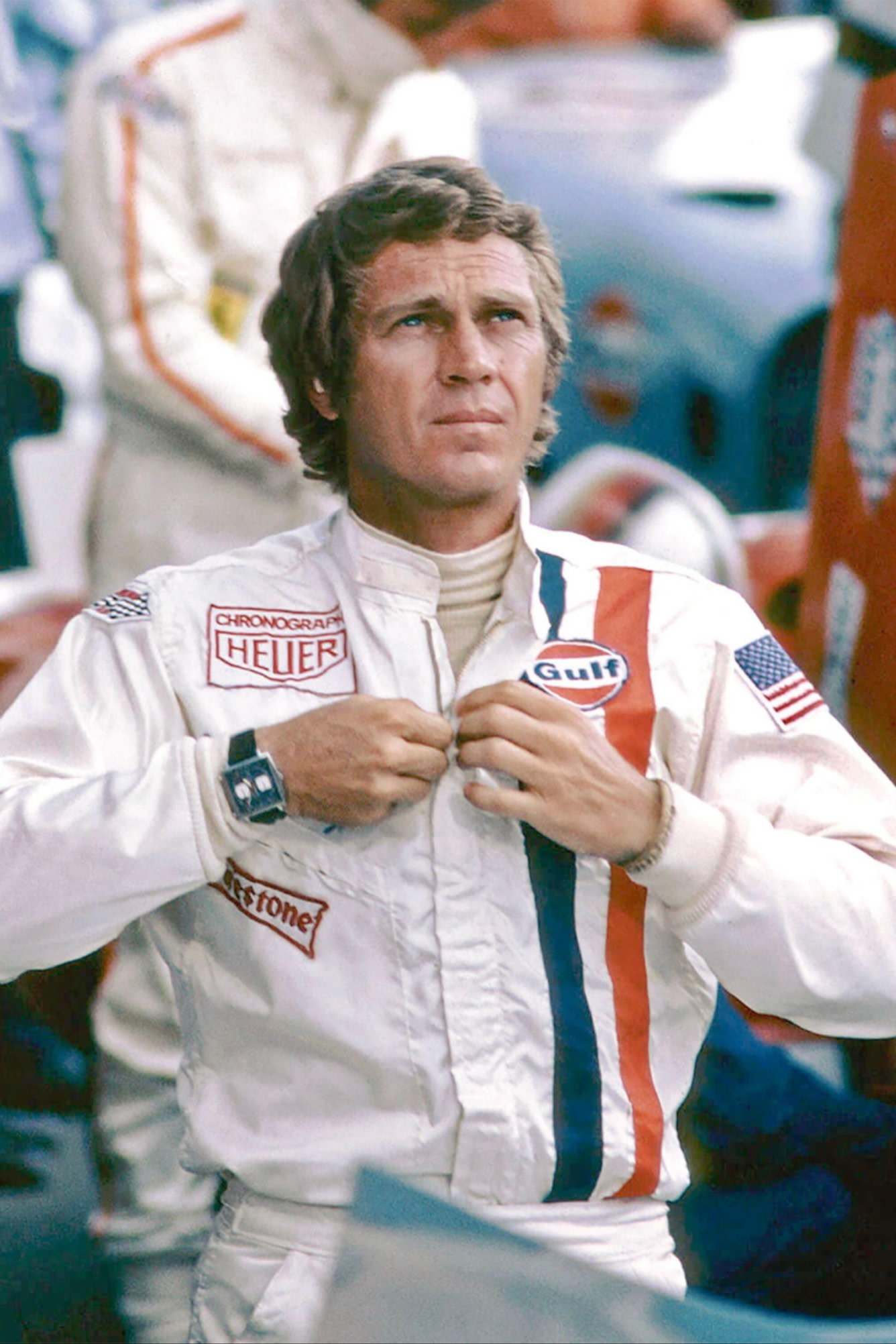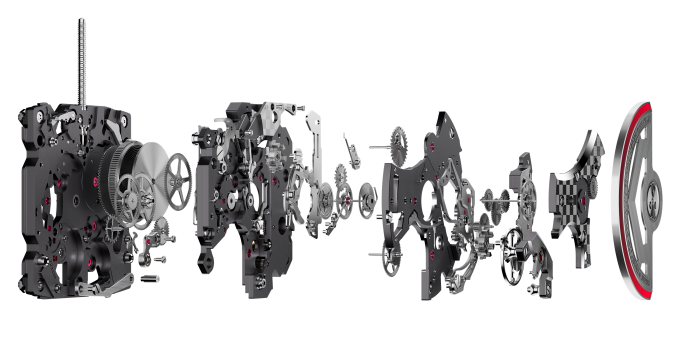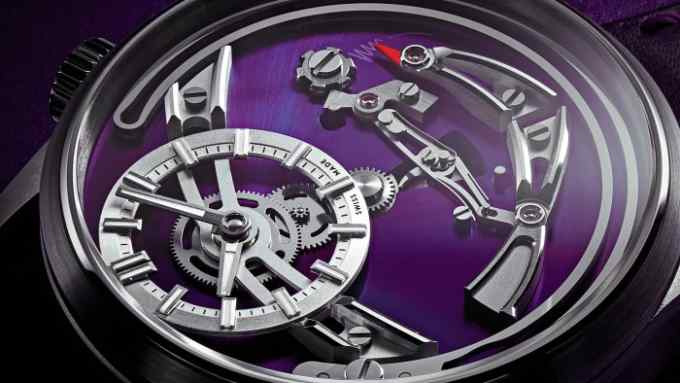Deconstructed Watch: Tag Heuer Monaco Split-Seconds Chronograph

Roula Khalaf, Editor of the FT, selects her favourite stories in this weekly newsletter.
The Heuer Monaco became the world’s first waterproof, square-cased chronograph when it was launched in 1969.
But despite its sports-orientated functionality, the maker’s established links with motorsport and the fame of Monaco’s race circuit, company boss Jack Heuer didn’t intend that the watch should appeal only to automobilists.
The deeper thinking behind the Monaco name was to associate it with wealth and glamour to attract higher-echelon buyers and creative types such as architects and designers, who would be drawn to its bold, modern aesthetic.
The strategy failed, and the Monaco survived as an oddity for just six years before being dropped from the Heuer catalogue.
Ironically, slack sales meant plenty of Monacos could be provided to Donald Nunley, the property master on the 1971 motor-racing film Le Mans, in which Hollywood star Steve McQueen wore one with his racing suit.
But while the McQueen effect did nothing to prevent the Monaco’s demise in period, it gave the watch a turbo boost when it was reintroduced in the late 1990s and relentlessly marketed as the chosen watch of the “King of Cool”.

The Monaco has since become a cult model that has sold in the thousands and been made available in numerous guises as anniversary models, special editions and concept studies.
There have been versions in the Gulf Oil livery of McQueen’s Le Mans Porsche; others made in collaboration with car manufacturer Mercedes-Benz; one with a movement that ran on minuscule chains — and another, the audacious but untenable V4 of 2004, with a mechanism based on the look of an engine block and driven using 13 tiny rubber belts.
But at Watches and Wonders this week, Tag Heuer pulls the wraps off what is undoubtedly the most technically accomplished and most sophisticated version of the Monaco since the model was first seen 55 years ago — and which, at SFr135,000 ($150,000), or SFr165,000 with custom options, is the most expensive watch yet in the series.

Seen here in “deconstructed” form, the Monaco Split-Seconds Chronograph features a titanium movement containing 360 components and weighing just 30 grammes.
The company has a history, dating back more than a century, of making stopwatches, but this is the first time it has created a wrist-worn chronograph featuring the “split seconds” function that makes it possible to measure two elapsed times concurrently.
The sophisticated mechanism is based on an ébauche (base) made by Vaucher Fleurier in collaboration with Tag Heuer’s movement director, Carole Forestier-Kasapi, who added numerous customised parts, including the distinctive dial-side bridges and a bespoke bridge that carries the automatic winding rotor.
Labelled the TH81-00, the calibre can be seen through a curved sapphire crystal case back of unique design, which allows a view of the intricate finishing of the components. These include a main plate hand-decorated with a chequered pattern, using a method of engraving called gratté, which catches the light in such a way that tilting the watch from side to side gives the impression of a fluttering flag.
The case, meanwhile, was developed by scanning a version from 1969 and then extensively paring down the design to create a more elegant and sophisticated structure that still pays homage to the original — even down to placing the push button for the split-seconds function at the nine o’clock position, where the original’s left-hand winding crown was found.
Available with either blue or red dial detailing and supplied on a colour-matched calfskin strap embossed with a fabric pattern, the Monaco Split-Seconds Chronograph is listed as a full production model rather than a limited edition, but the constraints of creating it mean no more than 50 will leave the manufacture each year.

Comments